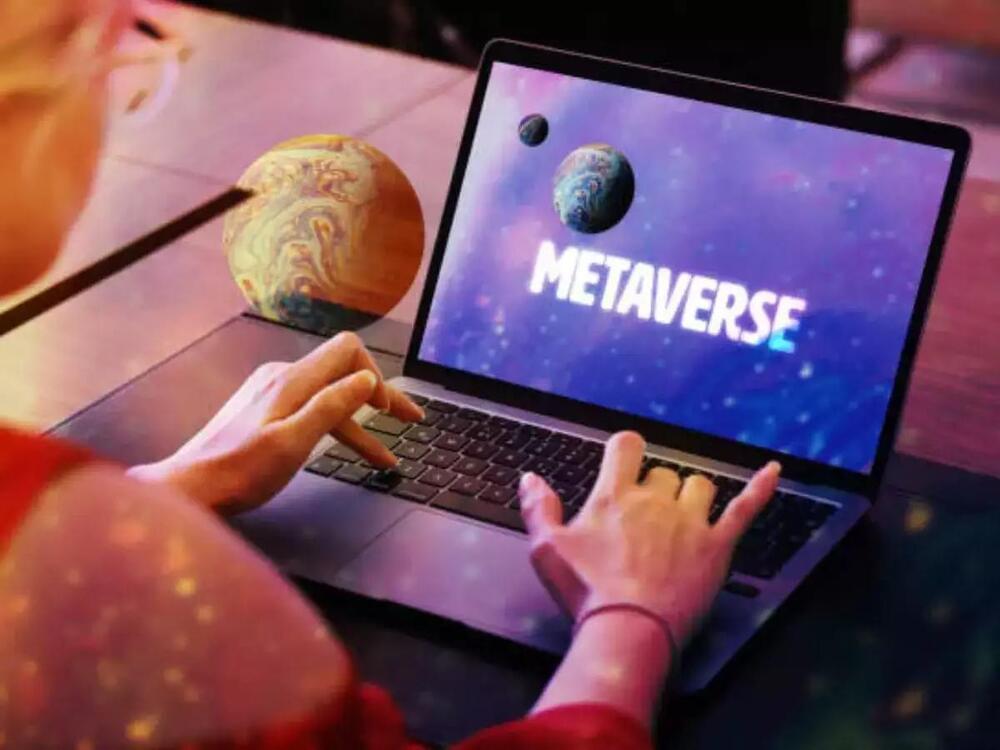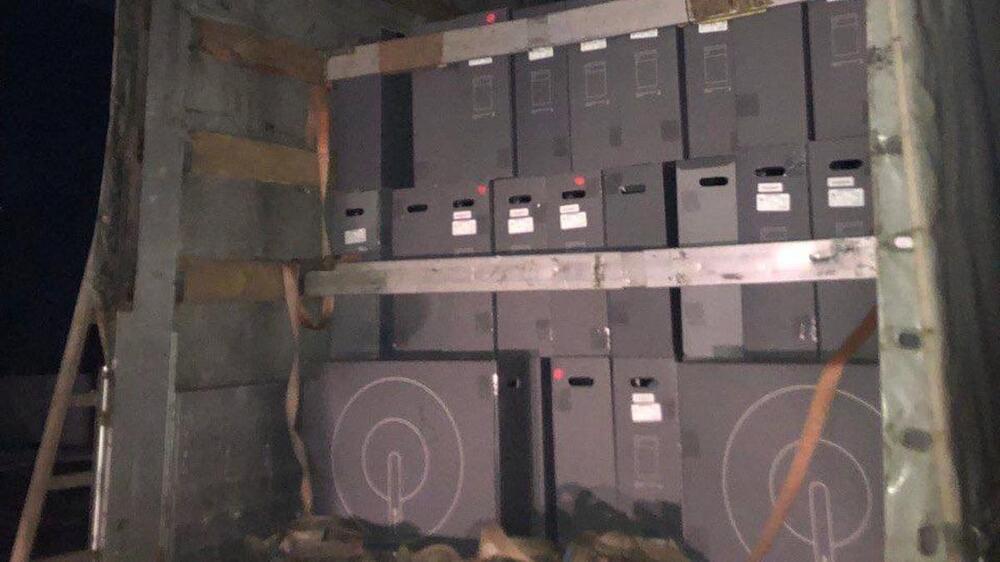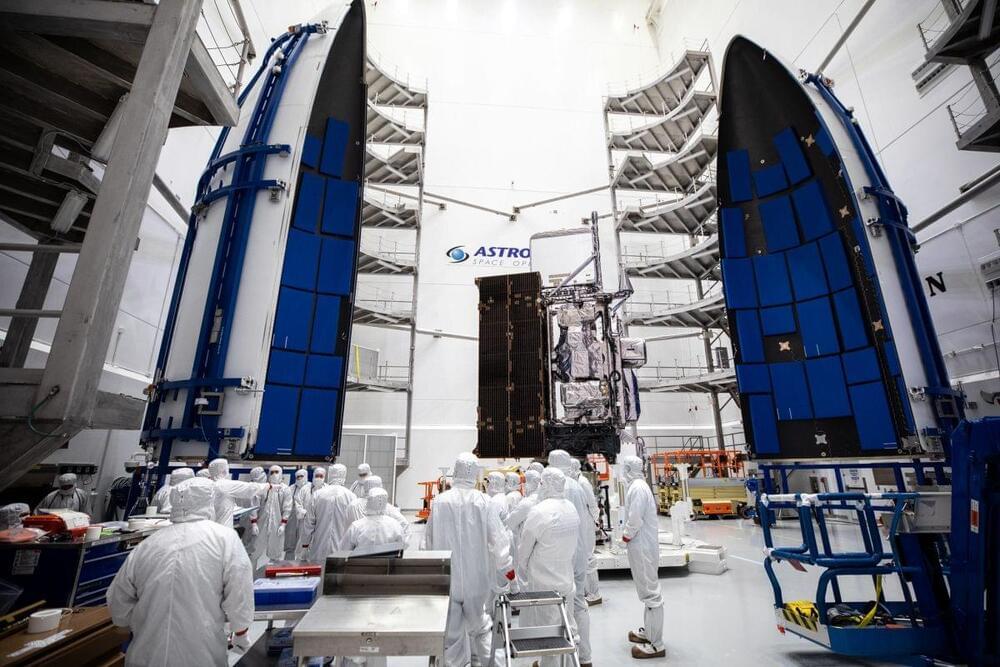Other than creating experts, the Ministry’s statement detailed three other objects for the future, which include creating an expanded virtual world (translated from Korean). The government also wants the metaverse platform to focus on industrial convergence and lifestyle, using it for growing Korea’s education industry, media and its cities.
Further, the statement also said that content creators will get support from the government’s strategy. The Ministry will also host hackathons, developer events etc. aimed at fostering the country’s metaverse community, while the statement also mentions forming favourable regulatory systems and laws in order to favour the metaverse.









